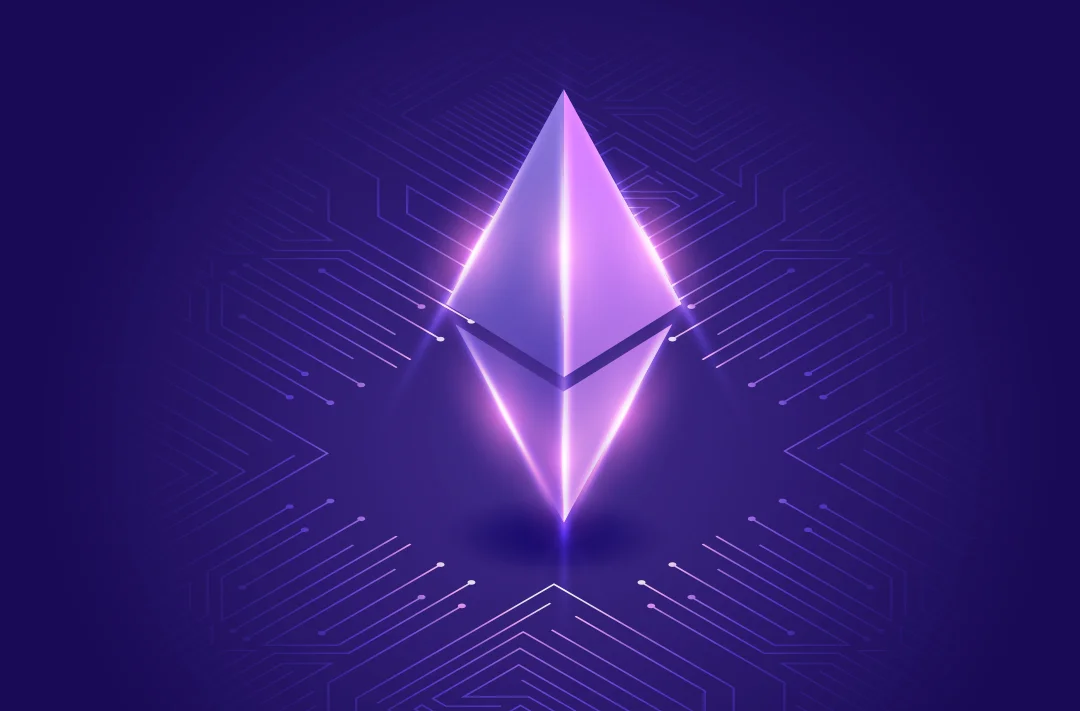ETH supply reduced by 100 000 coins after the network switches to PoS
The current supply of the asset is 120,4 million coins

21.04.2023 - 14:15
353
3 min
0
What’s new? Ethereum cryptocurrency supply has decreased by 104 246 coins (~$199 million) since the network switched to the Proof-of-Stake (PoS) consensus algorithm as part of The Merge upgrade on September 15, 2022. According to the Ultrasound Money website, the current supply of the asset is 120,4 million coins (~$195,28 billion). Over the past 30 days, an average of 1125 ETH has been burned per day. If Ethereum had not switched to PoS, the supply would have increased by 2,5 million ETH worth $4,8 billion.
What is going on with Ethereum? On April 13, developers held the Shapella hard fork, which allows ETH to be withdrawn from staking. Crypto exchange Kraken requested the withdrawal of 551 000 ETH because it had previously pledged to stop providing staking services to US citizens under a securities regulator ruling.
Prior to the upgrade’s release, Glassnode analysts said that it would not lead to increased selling pressure, despite the possibility of withdrawing assets and rewards from staking. Bank of America said the upgrade only marginally boosted the network’s competitiveness. Experts at crypto exchange Coinbase believe the hard fork supported the asset’s strong price momentum, and it could last until the end of the month.

Large investor transfers $66 million in ETH to the Binance exchange
The user bought most of the coins on March 11 at the rate of $1420
According to the Token Unlocks portal as of April 21, 815 530 ETH worth $1,56 billion is expected to be withdrawn from staking. In the next 11 hours, 1,540 coins worth $2,94 million will be unlocked.
At 14:00 UTC, ETH/USD is trading at $1907, down by 3,33% per day, and by 5% per week.
Useful material?
Market
Shares of the Trust are designed to track the market price of XRP with fewer fees and expenses
Jan 17, 2025
Market
The asset will allow USDT to move seamlessly between different blockchains
Jan 17, 2025
Market
Earlier, the community criticized the project for its lack of transparency, which led to a sharp drop in the HYPE token price
Jan 8, 2025
Market
Rising US Treasury bond yields are negatively affecting risk assets
Jan 8, 2025
Mining
The Avalon Mini 3 is available for pre-order at $899
Jan 8, 2025
Market
The exchange obtained the documents as part of the Freedom of Information Act proceeding
Jan 6, 2025









 Telegram
Telegram  Twitter
Twitter